
For further details please see our paper:
R. Bittner, J. Salamon, S. Essid and J. P. Bello. "Melody Extraction by Contour Classification". Proc. 16th International Society for Music Information Retrieval Conference (ISMIR 2015), Malaga, Spain, Oct. 2015.
[ISMIR][PDF][BibTex]
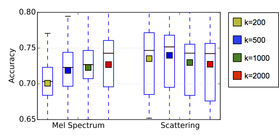
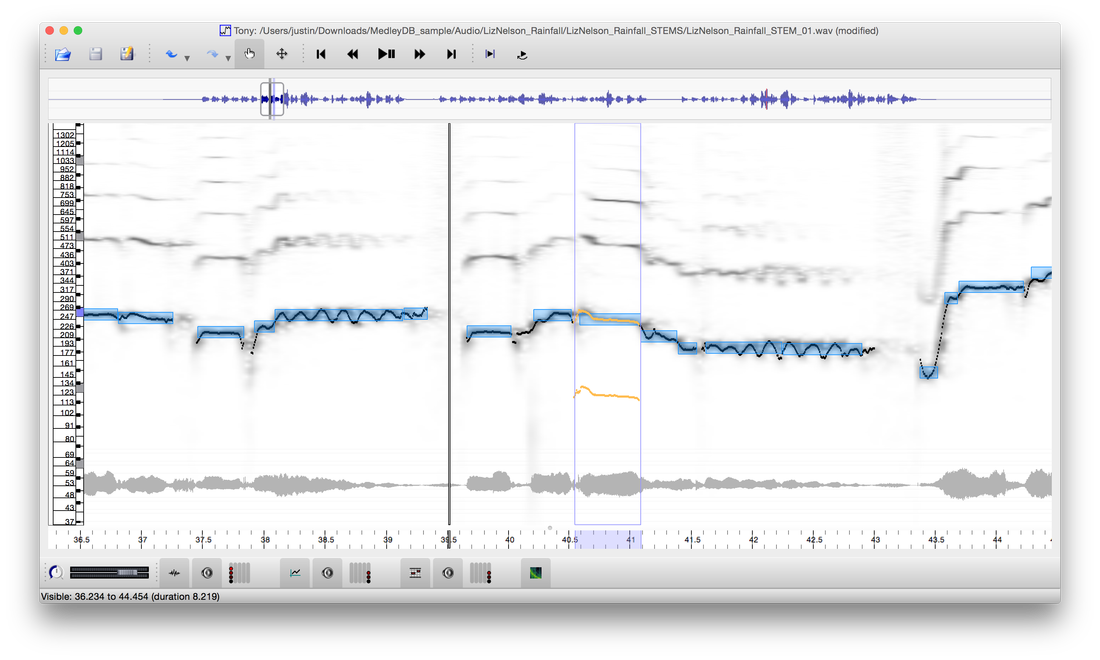



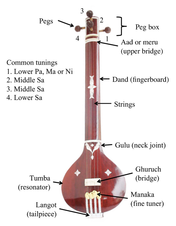
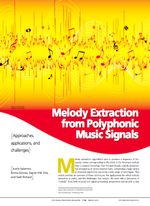
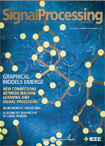
 RSS Feed
RSS Feed
